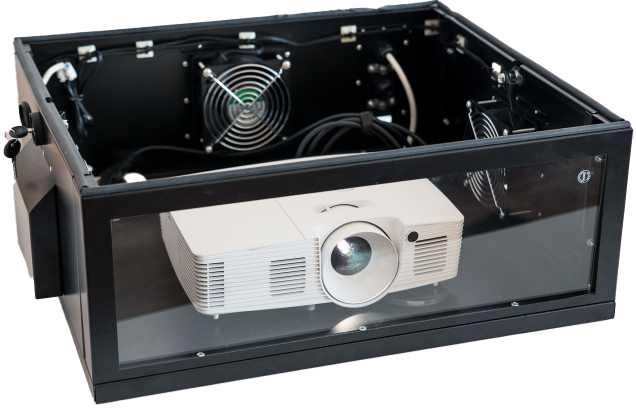Seoul, South Korea: Outdoor Film Festival Features Popular and Arthouse Films -A Review of 'The Good, the Bad, the Weird' (2008)

Two months ago we featured an article about the outdoor movie screenings at the Seoul Good Movie Festival. The outdoor film festival presented 280 movies at 690 free screenings including popular and arthouse films alike. One of the films shown was "The Good, the Bad, the Wierd", a Korean take on spaghetti westerns. The following is a review of the film from The Hollywood Reporter. You can read the original blog post about Seoul's outdoor cinema screenings here.
Costing not just a few dollars more than Serge Leone's spaghetti westerns, Korean genre-twisting auteur Kim Jee-woon's $17 million homage to Leone's tour de force "The Good, The Bad, The Ugly" is a make-or-break venture that, given the precarious status of the Korean film business at the moment, could influence prospects of Korean mega-bucks film investments. Notwithstanding such pressure, the direction shows no signs of fluster, resulting in a jaunty, happy-go-lucky adventure that packs a fistful of dynamite in the spectacular showdown. Unveiled at Cannes Out of Competition, key producer CJ Entertainment claimed it sold to selective European territories and reported more post-fest sales worldwide.
Domestic and Asian (especially Japanese) audience response could be enthusiastic. Kim's genre crossover may also prod the curiosity of those traditionally raised on the Western. One line of dialogue sums up the action in a nutshell: "Life is about chasing and being chased." The first half hour whizzes by like a stray bullet, taking in a railroad explosion, a train robbery, an ambush in the marketplace, followed by many forms of chases in exotic locations and costumes.
A subplot about the legend of "The Finger Chopper" introduces fusion elements of stylishly shot martial arts stunts. After about an hour of digressive comic relief, the film hurtles toward a grand finale at the pace of a galloping stagecoach. Lone riders, cavalry and jeeps rush against each other across a boundless arid plain in sweeping panoramic shots that proudly show off where the money went.  .
.
The film retains the outline of the original characters: a feral gangster, a wacko train robber and a bounty hunter. All are after a map of buried Manchurian dynastic treasure. Song does a cocky, charismatic turn as the Weird on autopilot, making his role less of a weasely buffoon as Leone's Tuco than a resourceful man of mystery. But he lacks the "loser" qualities that made him so human and sympathetic in comic roles for Kim Jee-woon's earlier "The Quiet Family" and "The Foul King."
Cast against type but coming up tops is housewife heartthrob Lee Byung-hyun ("A Bitter Sweet Life"). As the Bad, he exudes villainy with a maniacal relish, like Jack Nicholson's Joker, and better suits the energetic mood of this film than Lee Van Cleef's inscrutable Angel Eyes. Leading romance actor Jung Woo-sung ("Daisy", "A Moment to Remember") holds his own as the Good, having grasped that his role is about poise rather than performance. "The Good, The Bad, The Weird" fondly revisits a popular Korean subgenre in the '60s known as "Manchurian Western," set along the Chinese-Korean border in the '30s, when Japanese colonialism made China's Northeast a frontier land for resistance fighters, outlaws and carpetbaggers.
The meticulous recreation of this period backdrop is one of the film's most fascinating elements. It gives a cultural-historical dimension to the archetypical Western plot of a treasure hunt, tracing the bounty hunters' mercenary behavior to the psychological scars of lost nationhood. Location shooting is done in the Gobi Desert, China's true Wild West, adding a further touch of authenticity.
Read full article at: https://www.hollywoodreporter.com/movies/movie-reviews/film-review-good-bad-weird-120243/





